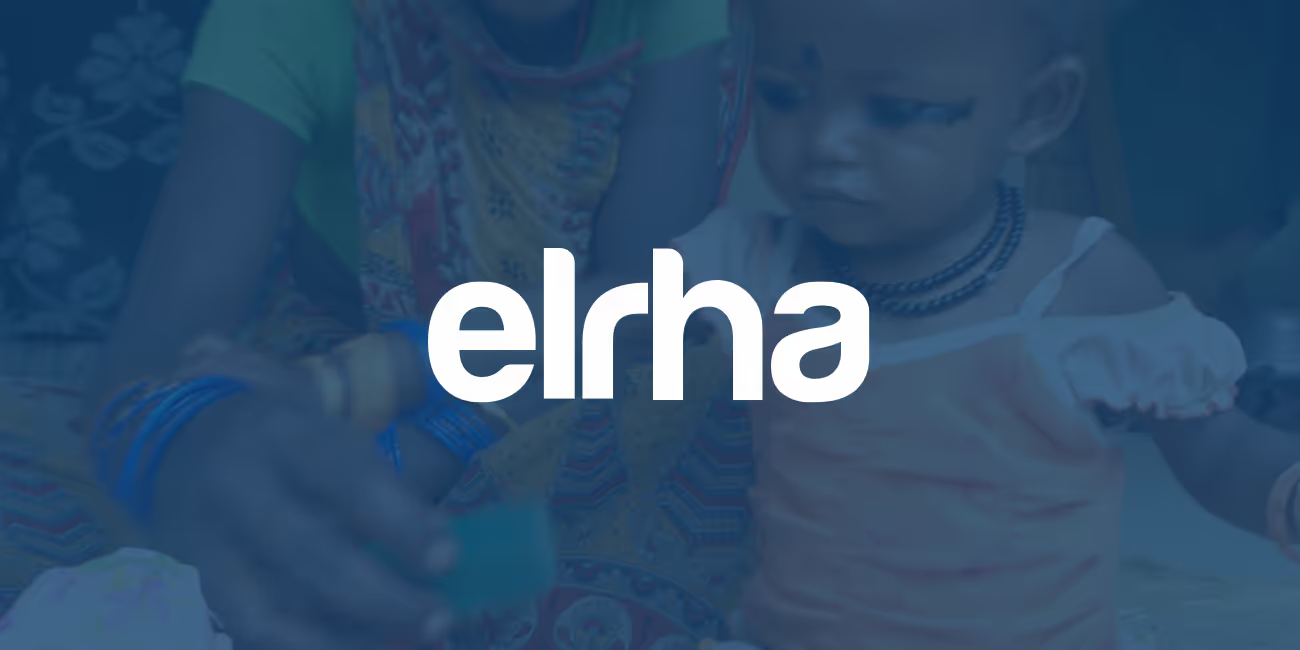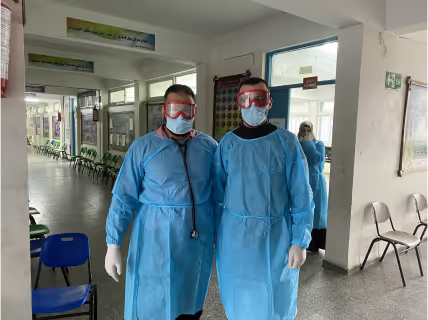The invisible group: Understanding uncomplicated severe acute malnutrition in infants

Project overview
Our study will lead to an improved understanding of the patient profile of Severe Acute Malnutrition (SAM) infants less than 6 months old by implementing systematic screening for malnutrition based on current World Health Organisation (WHO) guidance as represented in the C-MAMI tool.
Project solution
This project offers [specific solution or intervention] to tackle [challenge]. By implementing [strategies, tools, or innovations], the project aims to achieve [desired outcomes]. The approach is designed to [specific actions or methods] to bring about meaningful change in [community, region, or issue area].
Expected outcomes
This project aims to achieve [specific outcomes], such as [measurable results, improvements, or changes]. The expected impact includes [benefits to the target community, advancements in research or innovation, or long-term effects]. By the end of the project, we anticipate [specific changes or milestones] that will contribute to [broader goals or objectives].
Summary
Our study will lead to an improved understanding of the patient profile of SAM infants <;6m by implementing systematic screening for malnutrition based on current WHO guidance as represented in the C-MAMI tool.
What is the humanitarian need?
Malnutrition in infants <;6m is often overlooked and systematic screening for acute malnutrition in emergencies is traditionally only done for children 6-59m. However, infant feeding practices are affected in emergencies making them vulnerable to malnutrition. There is currently no widely accepted screening method to find already malnourished infants in communities and outpatient care for uncomplicated SAM infants isn’t practiced. The profile of uncomplicated SAM infants <;6m is not well understood and the WHO recommendation to manage them as outpatients is based on very low quality evidence".
What is the innovative solution?
In AAH therapeutic feeding units in Kayes 3% are infants <;6m but 39% are 6-9m olds, suggesting there is a higher burden of SAM infants <;6m which is missed due to lack of early diagnosis. In most countries SAM infants <;6m are treated inpatient when detected, usually when presenting for another problem, as there’s no screening. This means those infants in inpatient care tend to have other diseases and are in more severe condition. Hence all infants <;6m are easily regarded as complicated, whereas the uncomplicated ones may just not be picked up. We want to show there is a group of infants that needs treatment but remains undetected. At the same time, this is an opportunity to pilot a screening process and an outpatient care model.
What are the expected outcomes?
- Ethical approval for study obtained
- C-MAMI checklist and tool in French, adapted to intervention context
- Frontline health workers and their supervisors know the C-MAMI screening and outpatient management protocol and are able to deliver the project; intervention sites are ready to start the project
- The project is carried out to a high standard; qualitative and quantitative data collected is valid and reliable
- Data is analysed, evaluated and presented effectively and the project objectives are fulfilled, resulting in data describing uncomplicated SAM infants, a proposed C-MAMI screening and management tool for Mali context
- Project results are effectively disseminated and used towards furthering a C-MAMI approach in Mali and globally, if successful, or to provide lessons for alternative actions
Project delivery & updates
Stay up to date with the latest developments from this project. Here, you will find details on what has been delivered, resources created, and regular updates as the project progresses. Access key documents, reports, and other materials to see how the project is making an impact.
